In late August 1979, the world was shocked by the tragic and squalid death of Jean Seberg. The American star’s body was discovered in a car on a Paris street. This grim discovery marked a sorrowful end to a life that had been filled with both extraordinary achievements and profound personal struggles.
Jean Seberg’s death was not just a personal tragedy but also a reflection of the intense pressures and public scrutiny she faced throughout her career. The circumstances surrounding her demise highlighted the darker aspects of fame and the devastating impact of relentless media attention. Her final moments in Paris, a city she had once loved and where she had experienced some of her greatest professional triumphs, were a poignant reminder of the isolation and despair that can accompany life in the spotlight.
From Midwest to Hollywood: Seberg’s early career
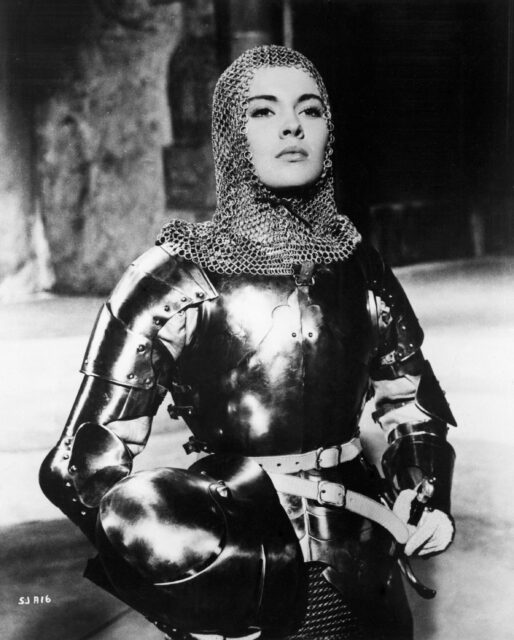
Jean Seberg’s journey from a pharmacist’s daughter in Marshalltown, Iowa, to a Hollywood star was nothing short of extraordinary. She won the lead role in Otto Preminger’s Saint Joan (1957) after a nationwide talent search, this remarkable achievement catapulting her into the limelight. It marked the beginning of a career that would be as tumultuous as it was illustrious.
Despite her initial success, Seberg’s early career was fraught with challenges. The pressures of sudden fame and the high expectations placed upon her took a toll on her mental and emotional well-being. Her experiences during this period laid the groundwork for the complex and often contradictory path her career would take as she navigated the demands of Hollywood while striving to maintain her artistic integrity.
Preminger’s treatment of Seberg
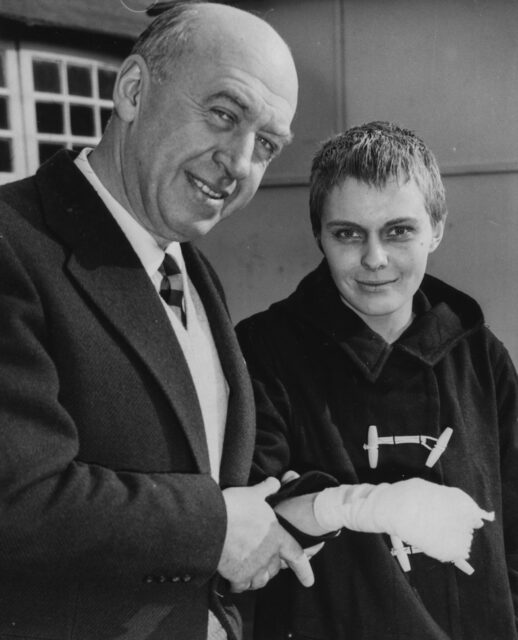
Preminger, who discovered Seberg, was a gentleman off-set but a tyrant during filming. Despite his efforts to publicize her, the film didn’t succeed, and Seberg felt discarded. She described her experience with Preminger as being used like a Kleenex and then thrown away. This treatment left a lasting impact on her, shaping her perceptions of the industry and her place within it.
The relationship between Seberg and Preminger was emblematic of the broader dynamics of power and exploitation in Hollywood. While he played a crucial role in launching her career, his harsh treatment and subsequent abandonment left her feeling disillusioned and betrayed. This experience underscored the precarious nature of fame and the often exploitative relationships that underpin the entertainment industry.
Hollywood recognition and her roles in major films
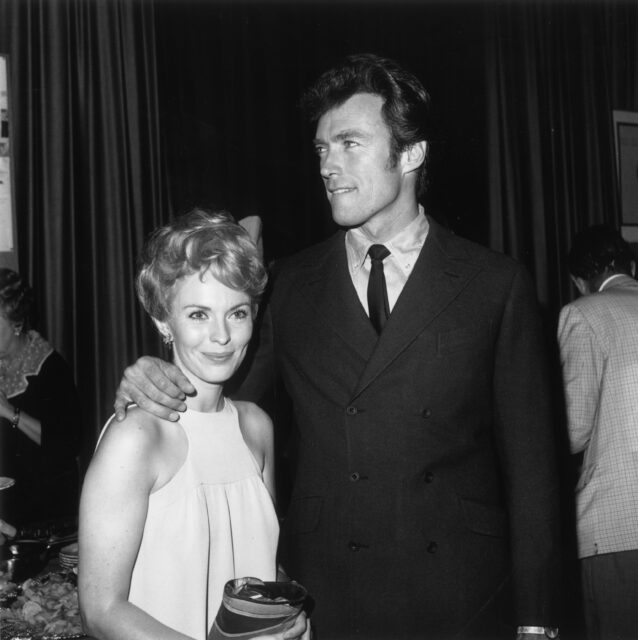
Seberg’s talent shone through in Hollywood as well, with memorable roles in films like Lillith (1964), Airport (1970), and Paint Your Wagon (1969). Director Robert Rossen praised her unique “flawed American girl quality,” which made her performances unforgettable. These roles showcased her versatility as an actress, allowing her to explore a wide range of characters and genres.
Despite the challenges she faced, Seberg’s contributions to Hollywood were significant. Her performances in these major films demonstrated her ability to captivate audiences and bring depth and nuance to her characters. Rossen’s comments highlight the distinctive qualities that set Seberg apart from her contemporaries, making her a memorable and influential figure in the film industry.
A misunderstood career full of contradictions and struggles

Jean Seberg’s career was one of the most contradictory and misunderstood in Hollywood history. Kristen Stewart, who portrays Seberg in the biopic titled Seberg (2019), commented on how the actress was destroyed by the public’s fixation on false projections. She noted that Seberg’s life was a series of contradictions, marked by both incredible success and heartbreaking struggles.
Seberg’s career was a testament to her resilience and talent, yet it was also marred by misunderstandings and misrepresentations. Despite her groundbreaking work in film, she often found herself pigeonholed by the industry and the media. She struggled to navigate these challenges and maintain her artistic integrity.
French Nouvelle Vague: Seberg’s transformation and influence
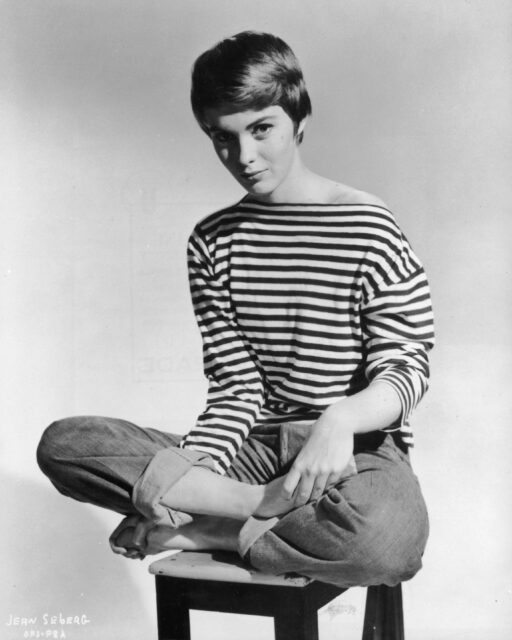
Despite her struggles in Hollywood, Seberg found a new identity as the muse of the French Nouvelle Vague. Directors like Godard and Truffaut were captivated by her, and she humorously compared herself to Jerry Lewis, beloved in France but misunderstood in America. Her work in these films not only revitalized her career but also cemented her status as an icon of French cinema.
Seberg’s transformation in the French film industry was a testament to her versatility and resilience as an actress. The French Nouvelle Vague provided her with the creative freedom and artistic recognition that had often eluded her in Hollywood. Her influence on French directors and her enduring legacy in European cinema highlights the profound impact she had on the film industry, transcending cultural and geographical boundaries.
Paris is the city closely associated with Seberg

Paris was more than just a backdrop for Jean Seberg; it was a city that defined her. Every film lover remembers her iconic role in Jean-Luc Godard’s Breathless (1960), where she roamed the streets of Paris in a white New York Herald Tribune T-shirt, embodying the spirit of the city. This role not only cemented her status as a film icon but also forged an enduring connection between Seberg and Paris, a city that embraced her as one of its own.
Beyond her professional achievements, Paris represented a sanctuary for Seberg, a place where she could escape the pressures of Hollywood and find solace in the artistic community. The city’s vibrant culture and bohemian lifestyle resonated with her, providing a sense of belonging that she often struggled to find elsewhere. Her relationship with Paris was a complex one, marked by both profound love and deep sorrow, mirroring the contradictions that defined her life and career.
Jean Seberg’s deadly entanglement with the FBI
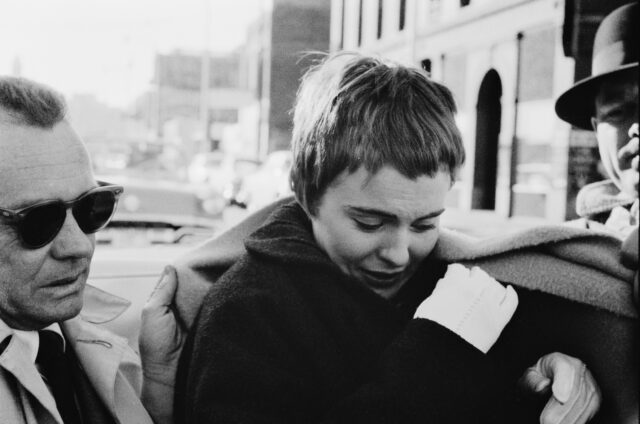
Seberg had a deadly entanglement with the FBI. Days after her suicide, the FBI admitted to plotting to ruin her reputation as part of their counter-intelligence program, COINTELPRO, due to her political activism and support for the Black Panther Party. This revelation shed light on the extent to which Seberg was targeted and harassed by the authorities, a campaign that had devastating consequences for her mental health and career.
The FBI went to great lengths to discredit her. Their efforts caused her to experience severe paranoia and fear that plagued her final years. Her experience offers a sobering look at the destructive power of institutional surveillance and political persecution. Through this lens, Seberg’s story becomes not just a personal tragedy but also a cautionary tale about the dangers of unchecked governmental power.
The FBI’s smear campaign was filled with false rumors and public embarrassment
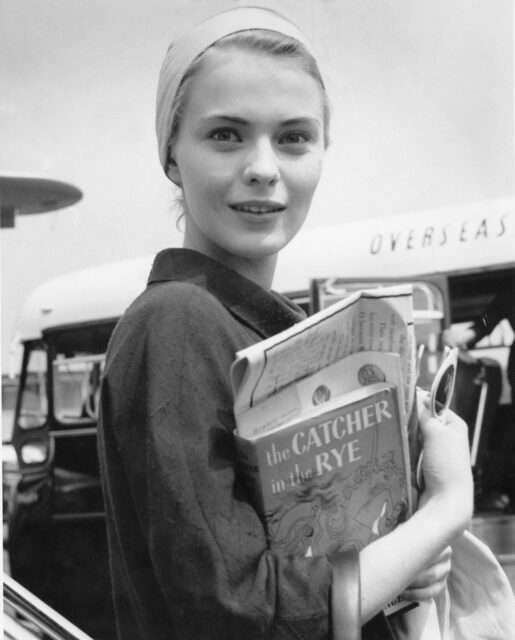
In 1970, the FBI planted a false rumor that Seberg was pregnant by a Black Panther Party member to embarrass her and tarnish her image. The plan worked, with gossip columnists eagerly spreading the false information. This smear campaign had devastating effects on Seberg’s personal and professional life. The relentless public scrutiny and humiliation took a severe toll on her mental health, leading to a series of personal crises that she struggled to overcome.
The media’s role in amplifying these false rumors cannot be overstated. Sensationalist reporting and invasive coverage turned Seberg’s private life into a public spectacle, exacerbating her feelings of isolation and despair. The smear campaign orchestrated by the FBI was not just an attack on Seberg’s reputation but also a profound violation of her privacy and dignity, with long-lasting repercussions that haunted her until her death.
The assault on Seberg’s reputation and its consequences
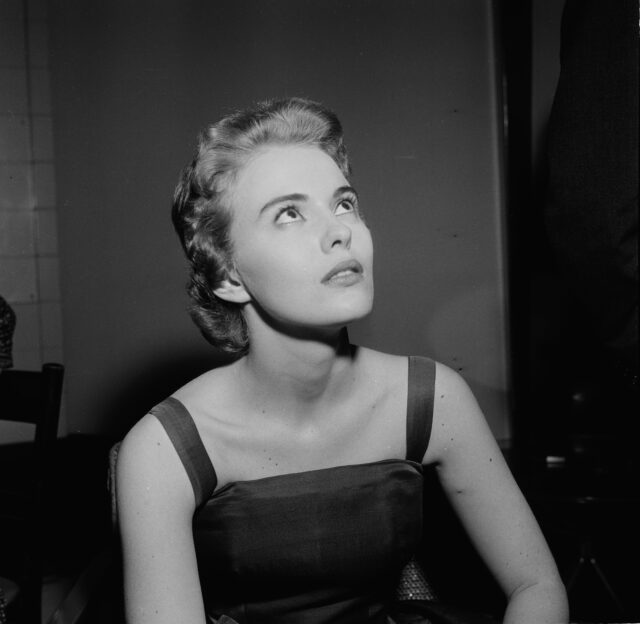
The false rumors by the FBI caused Seberg to go into premature labor, and her baby tragically died a few days later. This event set off a chain reaction that contributed to her eventual demise. The loss of her child was a devastating blow, one that she never fully recovered from, and it marked a turning point in her life, leading to a downward spiral of grief and despair.
The assault on Seberg’s reputation was not just a professional setback but a deeply personal tragedy. The relentless harassment and public humiliation she endured had a profound impact on her mental health, exacerbating her struggles with depression and anxiety. She was a woman who was both a victim of systemic abuse and a resilient artist fighting to maintain her sense of self.
Destruction by the FBI and Seberg’s downfall

The FBI, along with the media, played significant roles in Seberg’s downfall. The same media that built her up as a star also participated in her destruction, spreading false rumors that led to her tragic end. The relentless harassment and public scrutiny she faced were instrumental in her eventual demise, highlighting the destructive power of institutional and media-driven persecution.
The role of the media in Seberg’s downfall cannot be overstated. Sensationalist reporting and invasive coverage turned her private life into a public spectacle, exacerbating her feelings of isolation and despair. The complicity of the media in the FBI’s smear campaign underscores the broader societal dynamics that contributed to Seberg’s tragic fate, offering a sobering reflection on the intersection of fame, power, and public perception.
Heartbreaking personal and professional struggles

Seberg’s life was marked by heartbreaking events. As British-American writer Alistair Cooke noted, she took her prematurely born baby’s body back to Iowa in a glass coffin to prove the baby was white, a reaction to the FBI’s smear campaign.
The intersection of Seberg’s personal and professional struggles paints the picture of a woman who was both a victim of systemic abuse and a resilient artist fighting to maintain her sense of self. Her experiences highlight the profound impact of public scrutiny and institutional harassment on mental health, offering a sobering reflection on the darker aspects of fame and celebrity.
Marginalization and paranoia in her final years

In her final years, Seberg continued to work but felt increasingly marginalized and paranoid. She wrote to Ingmar Bergman, expressing her desire to work with him, but never received a reply. Her career was in decline, and she struggled with weight gain and excessive drinking. These struggles were compounded by the lingering effects of the FBI’s smear campaign and the relentless public scrutiny she faced.
Seberg’s final years were marked by a profound sense of isolation and despair. Despite her continued efforts to find meaningful work and maintain her artistic integrity, she was unable to escape the shadows of her past. Her unfulfilled desire to collaborate with Bergman and her declining health underscore the tragic trajectory of her life, highlighting the long-lasting impact of the challenges she faced. On September 9, 1979, Seberg’s body was found wrapped in a blanket in the back seat of her car with a bottle of barbiturates and a note written by her addressed to her son. Paris police dubbed her death a suicide.
More from us: Son of Humphrey Bogart and Lauren Bacall Recalls Growing up With the Hollywood Legends
Despite the mediocrity of many of her films, Jean Seberg’s legacy endures. As her biographer David Richards noted, she made a few great films, which is more than most actors achieve. Her legacy as an actress and cultural icon continues to resonate, offering valuable insights into the complexities of fame, artistic integrity, and personal resilience.
Join The Vintage Newsletter community today and unlock a treasure trove of weekly curated content, exploring nostalgia, history, and fascinating facts from the past.
